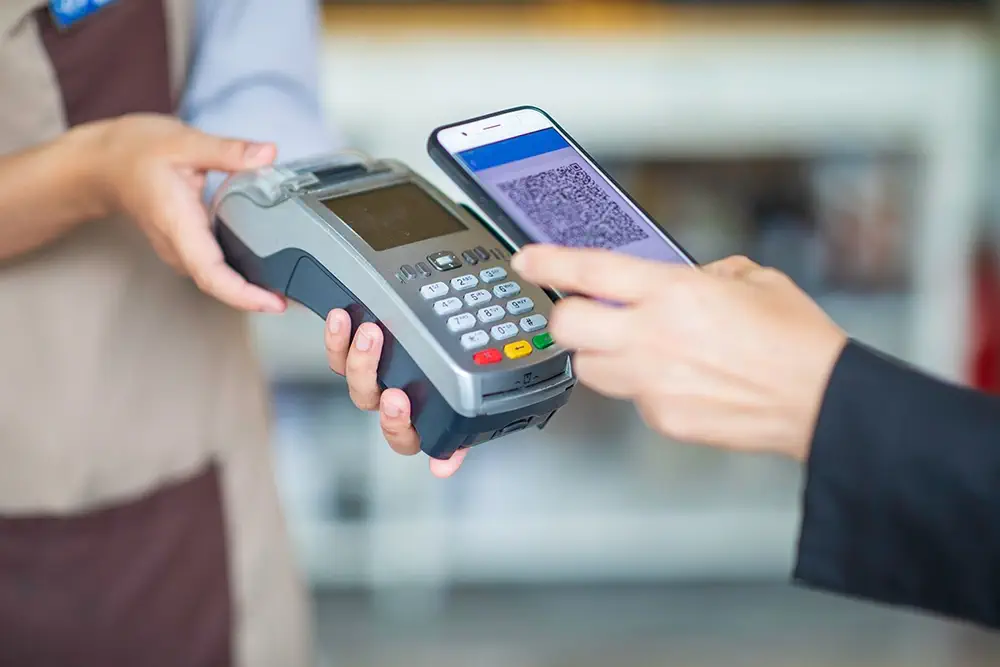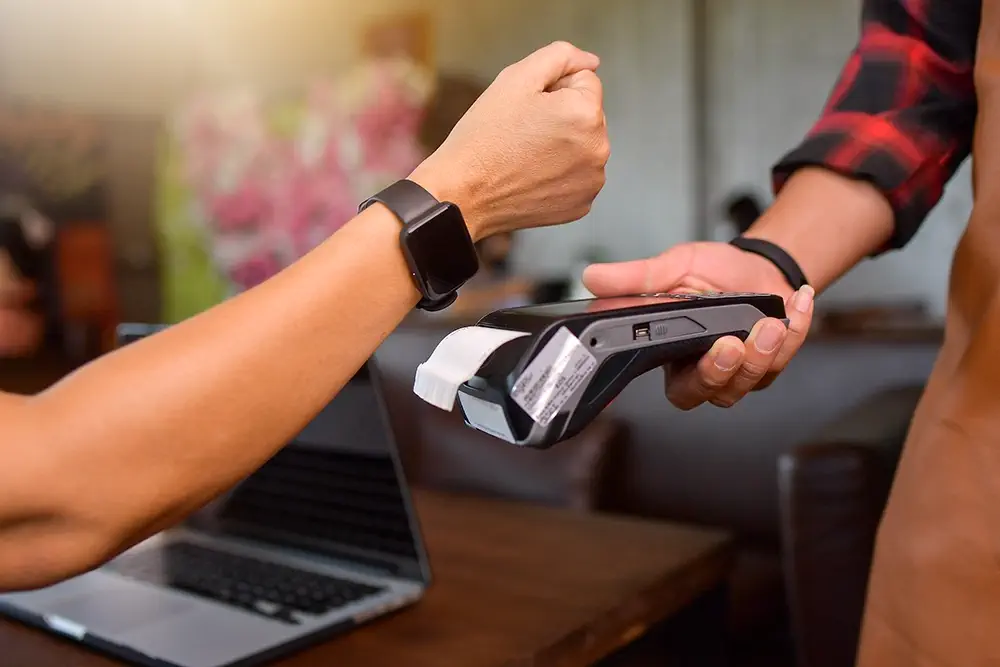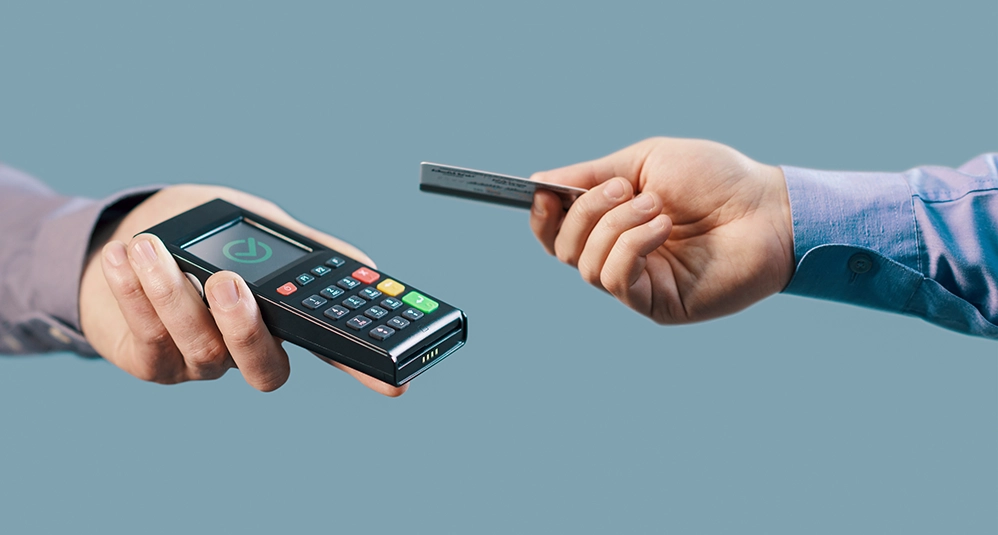In the world of events, efficiency and convenience are paramount. With the advancement of technology, payment systems have evolved, offering options such as cashless or contactless systems. But which is the best option for your event? This article provides an in-depth look at the cashless vs. contactless debate to help you make an informed decision.
What is a Cashless System?
A cashless system eliminates the need for cash at events. Attendees use prepaid cards or RFID wristbands to make purchases within the event. This option reduces the risk of losing money and streamlines transactions.
Operation of a Cashless System
Cashless systems operate via prepaid cards, RFID wristbands, or specific mobile applications. Attendees load money onto these cards or devices before the event or at recharging stations during the event. Each time they make a purchase, the amount is automatically deducted from the available balance. Additionally, organizers can monitor transactions in real time, providing detailed financial control.
Advantages of the Cashless System
Security
By not handling cash, the risk of theft and loss is reduced. Cashless systems often have advanced security measures, such as data encryption.
Speed
Transactions are faster, reducing queues and improving the attendee experience.
Financial Control
Organisers can keep accurate track of sales and expenses in real time, which facilitates event management.
Data and Analysis
Data collection allows organisers to analyse buying behaviour and adjust marketing and sales strategies.
Disadvantages of the Cashless System
Initial Cost
Implementing a cashless system can be costly due to the need to purchase specialised equipment and software.
Technology Dependency
It requires a robust and reliable technology infrastructure, which can be a challenge in areas with limited connectivity.
Learning Curve
Attendees and event staff may need time to adjust to the new system.

What is a Contactless System?
A contactless system allows attendees to make payments without physical contact, usually using credit or debit cards with NFC technology, or via smartphones with payment apps such as Apple Pay or Google Wallet.
Operation of an Contactless System
Contactless payment systems use near field communication (NFC) technology to transmit data between the user’s device and the payment terminal. Users simply hold their card or mobile device up to the reader to complete the transaction. This process is quick and does not require attendees to enter a PIN or sign a receipt for low amounts, which speeds up purchases.
Advantages of the Contactless System
Comfort
Attendees can pay with cards or phones they already own, without the need to carry cash or purchase additional devices.
Hygiene
Contactless systems minimise physical contact, ideal in times of pandemic or to maintain high standards of hygiene.
Speed
Contactless payments are fast and efficient, significantly reducing queuing times.
Universal Compatibility
Most banks and financial service providers offer contactless cards and payment solutions, which facilitates their adoption.
Disadvantages of the Contactless System
Compatibility
Not all attendees may have access to the necessary technology, especially in areas with low penetration of smartphones or contactless cards.
Transaction Costs
Transaction fees may be high depending on the service provider, which could increase operational costs.
Security
Although secure, contactless technology can be susceptible to fraud if adequate security measures are not implemented.
Cashless or Contactless: Which Is Better?
When deciding between cashless or contactless, it is important to consider the specific needs of your event. Both systems offer significant advantages, but each has particular characteristics that may make one more suitable than the other depending on the context. Consider the following factors:
Event Type
Mass Events
At large events, where the flow of people is continuous and transactions are frequent, a cashless system can be more efficient. Speed of transactions and detailed financial control are crucial in these cases.

Small or Specialised Events
For smaller events or those with a high-tech audience, a contactless system might be sufficient and easier to implement.
Public Attendance
Technology and Accessibility
Understanding the technological profile of the attendees is essential. If most are familiar with smartphones and digital payments, a contactless system can be very convenient.
Usage Preferences
Some audiences may prefer the simplicity of a cashless or contactless system, especially if they are accustomed to using RFID wristbands at other events.
Budget
Implementation Costs
Assessing the initial costs of implementing a cashless or contactless system is critical. Cashless systems can require a significant investment in hardware and software.
Operational Costs
Transaction fees and maintenance costs vary between cashless or contactless providers. It is important to project these costs over the long term.
Technological Infrastructure
Connectivity
A cashless system may require a more robust infrastructure, with charging points and RFID readers. In contrast, contactless systems require NFC-compatible payment terminals and a good internet connection.
Integration with Existing Systems
Consider how a cashless or contactless system will integrate with your existing event management software and sales platforms.
Comparative Advantages
Cashless
- Financial Control: Provides comprehensive control over the finances of the event.
- Personalisation: Allows personalisation of the user experience with data collected through transactions.
Contactless
- Ease of Use: No additional devices are required for users.
- Speed and Convenience: Payments are extremely fast and convenient for attendees.

Implementing Payment Systems at your Event
Implementing an efficient payment system is crucial to the success of any event. Both cashless or contactless systems require meticulous planning to ensure that everything runs smoothly.
Steps to Implement a Cashless System
Select Supplier
Research and select a reliable supplier that offers robust cashless technology. Notable suppliers in the market include companies specializing in RFID and NFC solutions.
Acquire Equipment
Purchase or rent the necessary equipment, such as RFID wristbands, prepaid cards, and payment terminals. Ensure all equipment is set up and tested before the event.
Configure Recharging Stations
Set up top-up stations at strategic locations at the event where attendees can add funds to their cards or wristbands. These stations should be clearly marked and easy to find.
Testing and Training
Conduct thorough testing of the system prior to the event to identify and resolve potential problems. Train your staff so they are familiar with the system and can assist attendees with any questions or problems.
Communication with Attendees
Inform attendees about how the cashless or contactless system works. You can send out pre-event emails and place informational signage at the venue. Provide customer support during the event to resolve any issues that may arise.
Steps to Implementing an Contactless System
Upgrade Infrastructure
Ensure that all POS are equipped with NFC readers that support cards and mobile devices. This may involve upgrading payment terminals and configuring specific software.
Systems Integration
Verify that your event management system supports contactless payments. Ensure that ticketing platforms, attendee management, and other systems are synchronized with payment terminals.

Testing and Training
Test contactless terminals to ensure they work properly. Train your staff in the use of these terminals and in troubleshooting common problems that may arise.
Promotion and Communication
Inform attendees about the payment options available through emails, social media, and signage at the event. Explain the benefits of contactless payments and provide quick guides on how to use them.
Monitoring and Support
During the event, monitor the use of cashless or contactless payment systems to quickly identify and resolve any issues. Provide technical support and customer service to assist attendees who may have difficulties with contactless payments.
Conclusion
The choice between a cashless or contactless system will depend on the specific characteristics of your event. Both systems offer significant advantages in terms of security, speed, and efficiency. Analyse the needs of your event and choose the option that best suits your requirements.
If you would like to subscribe to our newsletter to get live updates on everything related to our platform – news, blogs, events, announcements and much more, please, register here.






